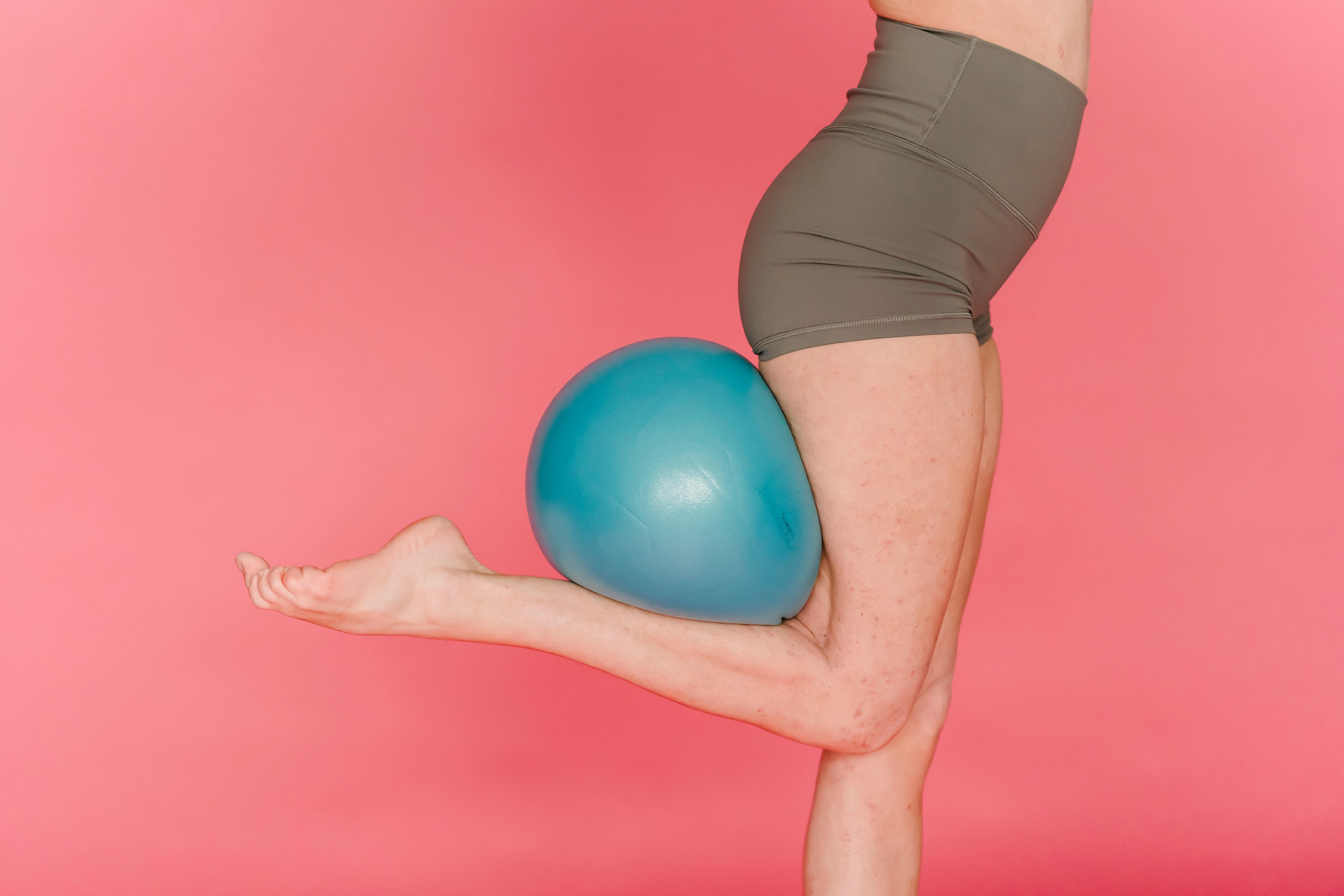Bowling a curve ball is a great way to add more spin and variety to your bowling game. It can be a challenging technique to master, but with patience and practice, you can learn how to bowl a curve ball with ease. In this article, we will discuss the fundamentals of the technique and show you step-by-step how to bowl a curve ball. With the right tips and tricks, you’ll be throwing strikes in no time!To bowl a curve ball, you will need to adjust your grip on the bowling ball. Place your fingers in the two holes of the ball so that your middle finger is through one hole and your thumb is through the other. When you swing, make sure to release the ball with a tilt on it. This will cause the ball to spin and create a curved path as it travels down the lane. Apply more or less tilt depending on how much curve you want to achieve. Make sure to maintain proper balance and focus on your target while throwing for accuracy.
Understanding The Mechanics of Bowling A Curve Ball
One of the most difficult maneuvers in bowling is mastering the curve ball. It requires a high level of skill to be able to successfully execute a curve ball when bowling. At its core, a curve ball involves manipulating the angle and spin of the ball as it leaves your hand in order to make it travel in a curved trajectory down the lane. This can be done by applying different amounts of force on different parts of the ball as it leaves your hand. This is an advanced technique, so it is important to understand the mechanics behind how to bowl a curve ball before attempting one.
The first step in learning how to bowl a curve ball is understanding the basic physics behind how a bowling ball moves down a lane. The motion of the ball is affected by both force and friction; as it travels down the alley, gravity pulls it towards the ground and friction between the surface of the lane and the surface of the bowling ball slows it down. If you apply force to one side or part of the bowling ball while rolling it, this will cause it to move in a curved trajectory instead of in a straight line.
Next, you need to understand how much force and at what angle you should apply to create an effective curveball. Generally, you should apply more pressure with your thumb and index finger than with your middle finger when releasing the bowling ball. You can also adjust your grip slightly so that you are applying more pressure on one side than on another. Additionally, when you release the bowling ball, aim for an angle just slightly higher than usual so that gravity will pull it towards one side instead of straight down.
Finally, practice makes perfect when learning how to bowl a curveball. Start slow and gradually increase speed over time as you become more comfortable with this technique. It may take some time for you to get used to throwing a curveball effectively but once you do, you will be able to impress your friends with your newfound skill!
Proper Form When Bowling A Curve Ball
When bowling a curve ball, it is important to practice proper form. The first step is to hold the ball with the fingers on top and the thumb underneath, forming an oval shape. Next, begin your approach to the lane by taking two or three steps while keeping your arm in a bent position. Then, as you reach the foul line, make sure to release the ball with a smooth stroke. As you do this, your wrist should be cocked back and your arm should be fully extended forward. The angle of delivery should be slightly across the lane instead of straight down the middle.
When releasing the ball, it is important to focus on what is known as “follow through”. This means that you should finish your throw with a strong push forward and keep your arm extended until after you have released the ball. This will help ensure that the ball has enough force and spin to curve correctly towards the pins.
Finally, when bowling a curve ball it is important to keep your eyes on the pins throughout your approach and delivery. This will help you stay focused on where you want to hit and will allow you to adjust if necessary as you are throwing so that you can ensure that you are getting maximum power behind each throw.
By practicing proper form when bowling a curve ball, bowlers can increase their accuracy and their overall success rate in striking pins consistently each time they throw.
Using Your Arm To Generate Spin On The Ball
Spin is an important factor when playing any type of ball game. It allows you to control the trajectory of the ball and can be used to deceive your opponents. With practice, you can learn to use your arm to generate spin on the ball.
The first step in learning how to generate spin is to understand how the ball moves when it comes in contact with your arm. When the ball comes into contact with your arm, it will experience a change in its velocity, which will cause it to spin at a certain rate. You can control this spin by adjusting the angle of your arm and by varying the speed at which you throw the ball.
The next step is to practice throwing different types of balls with different spins. Try throwing a curveball or knuckleball and observe how the spin affects its trajectory. This will help you understand how different spins affect the flight of a ball and help you develop a feel for generating spin when throwing a regular baseball or softball.
Finally, practice throwing with different spins on different pitches such as fastballs, sliders, curves, and knuckleballs. By developing a feel for each pitch type and their associated spins, you will be able to generate more consistent spins on each pitch type and throw more accurately.
By following these steps and practicing regularly, you can learn to use your arm to generate spin on the ball effectively. With enough practice, you’ll find that spinning the ball is an invaluable tool for controlling its trajectory and deceiving your opponents.
Gripping the Ball for Maximum Spin on Release
Gripping the ball correctly is a key factor in achieving maximum spin on release. To ensure you grip the ball correctly, you should start by holding it in your dominant hand with your index and middle fingers extended along the seams. Your thumb should be tucked underneath the ball and your ring and pinky fingers should be lightly tucked in. This grip will provide a good balance of power and control, allowing you to generate spin while keeping the ball on target.
When throwing or releasing the ball, make sure to keep your wrist firm and snap it forward as you release it. This will help create maximum spin on the ball as it leaves your hand. You can also use your other hand to help impart extra spin by pushing down or up against the back of the ball as you release it. By doing this, you can achieve greater rotation on the ball for increased accuracy and distance.
Finally, remember that practice makes perfect – so take some time to get comfortable with how to grip and throw a ball correctly before going out onto the course. With a bit of practice, you’ll soon have mastered how to grip a golf ball for maximum spin on release!

Point Your Thumb At The Target When Releasing The Ball
When throwing a ball, it is important to point your thumb at the target when releasing the ball. This will help ensure that you are throwing with good form and accuracy. By pointing your thumb at the target, you are helping to guide the direction of the throw and giving yourself a better chance of actually hitting the target. You should also make sure that your arm is in a good throwing form and that you are not over-extending or straining your arm muscles when throwing. The key to a successful throw is keeping your arm in a comfortable position and pointing your thumb at the target when releasing the ball.
It is also important to practice good follow through when releasing the ball. This means continuing with your throwing motion even after you have released the ball. By following through with your throw, you are helping to build momentum and power in your throw, which can help increase accuracy and distance. Additionally, it helps ensure that all of your muscles are working together in unison for an effective throw. Pointing your thumb at the target when releasing the ball and practicing good follow through can help improve accuracy and distance on any throw.
Aim To Keep Your Wrist Relaxed When Releasing The Ball
It is essential to keep your wrist relaxed when releasing the ball while playing any sport. Keeping a relaxed wrist allows for greater control over the ball and can help you play with more precision and accuracy. In addition, it is important to maintain a relaxed wrist when throwing or hitting the ball as it can reduce the risk of injury and improve your performance.
When you release the ball, you want to make sure that your wrist is in a comfortable position. Your wrist should be slightly bent so that it does not lock into place, as this can cause strain and may lead to injury. You also want to ensure that your grip on the ball is firm but not too tight, as this will cause tension in your hand and wrist muscles.
You should also aim to keep your arm relatively straight when taking aim at the goal or target. This will give you greater control over the ball and help you achieve more accuracy in your shot or throw. Additionally, keeping a relaxed wrist allows for better movement of your arm which can help you generate more power when playing any sport.
Finally, it is important to take regular breaks throughout practice so that your muscles can relax and recover from any strain they may have been under during play. Taking breaks will also help improve your performance by allowing you to focus on technique rather than trying to battle through fatigue or pain caused by over exertion of muscles in your arm or wrist.
By following these tips, you can ensure that your wrists remain relaxed when releasing the ball while playing any sport and reduce the risk of injury whilst improving performance levels at the same time!
Try Different Curving Techniques Depending On Your Style Of Play
When playing a sport like golf, it is important to understand the different curving techniques and how they can be used to your advantage. Different types of curves can be used to achieve a variety of outcomes, depending on the style of play you are looking for. For instance, if you are an aggressive player, you may want to use a fade or draw curve to hit the ball further and get more distance off the tee. On the other hand, if you are a more conservative player, using a straight shot or even a hook may be beneficial to ensure accuracy and control.
It is important to practice with different curves and find out which ones work best for your individual style of play. Every course will present different challenges and will require different approaches when it comes to curving shots. It is important to experiment with various techniques so that you can find out what works best in each situation. There are many tutorials available online that can help teach you the basics of curving shots as well as more advanced techniques.
No matter what type of curve you choose, it is important to remember that practice makes perfect when it comes to golfing. The more time that you spend practicing with different types of curves, the better off you will be when it comes time to hit your shots on the course. Even if it takes some time and effort, mastering different curving techniques will ultimately help improve your game and give you an edge over your opponents.

Conclusion
Bowling a curve ball is a great way to improve your game and increase your chances of success. It requires practice and dedication, but the rewards are well worth the effort. To master the art of bowling a curve ball, focus on body position, release point, and follow through. With practice, you will be able to consistently land strikes and spares with ease!
Remember that when you are learning how to bowl a curve ball, it is important to have patience and practice regularly for best results. You can always ask for help from professional or experienced bowlers if you need more guidance. With perseverance and dedication, you can become an expert at bowling a curve ball in no time!




